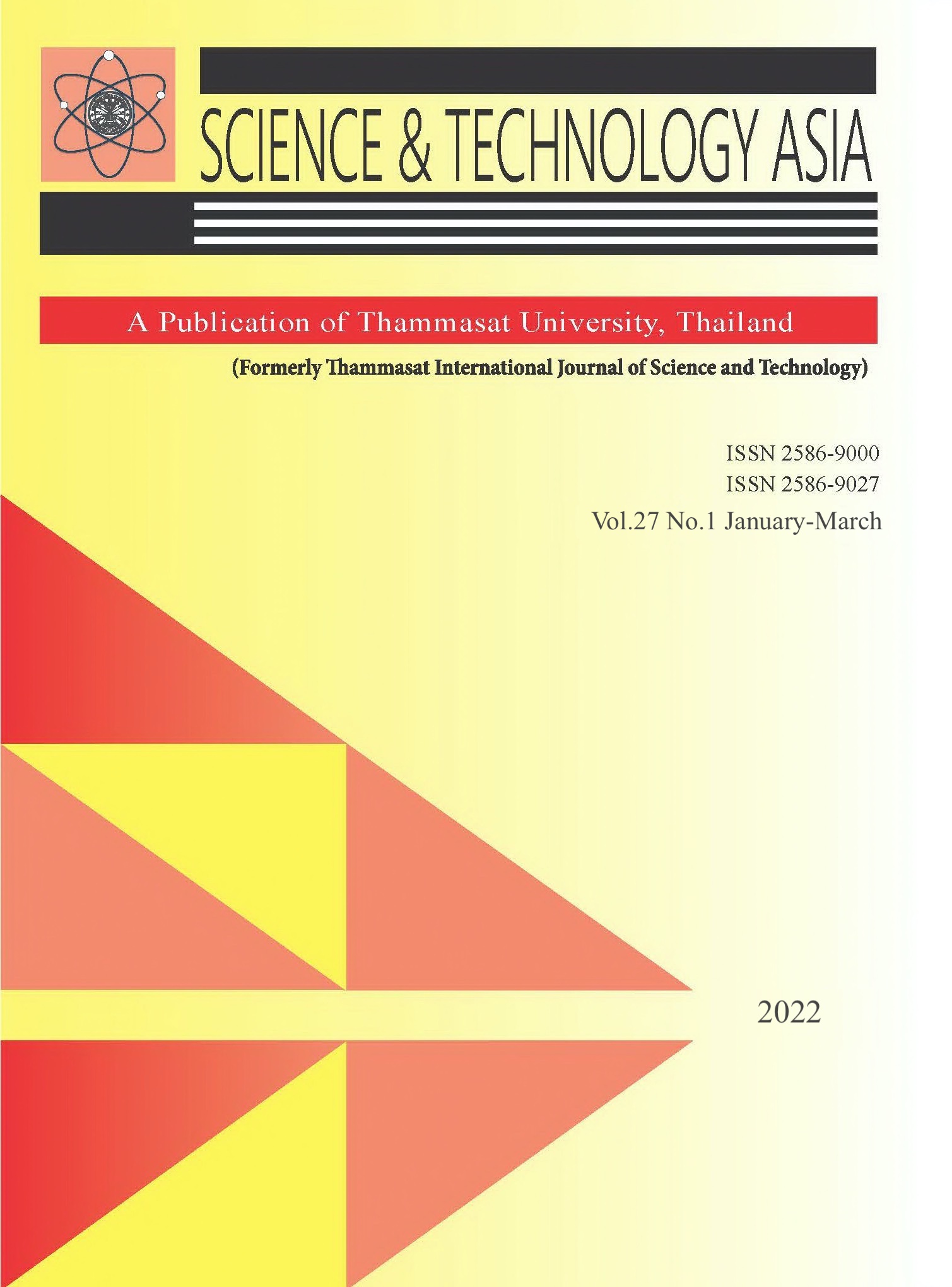Pharmacokinetics of Gallic Acid Following Single-Dose Administration of Triphala Formulation in Healthy Thai Subjects
Main Article Content
Abstract
Triphala is commonly used in Thai traditional medicine for the treatment of various health conditions. The present study investigated the pharmacokinetics of a single oral dose (2,000 and 4,000 mg) of an aqueous extract Triphala formulation in 32 healthy Thai subject. Venous blood samples were collected from each subject at specific time points and concentrations of gallic acid, the major active component of the formulation, were measured using LC-MS/MS. Plasma concentration-time profiles were analyzed by the model-independent approach. Triphala formulations at both dose levels were well tolerated in all subjects. The pharmacokinetics of gallic acid was dose-independent. The median value for maximum concentration (Cmax), area under the curve from zero time to 48 hours after dosing (AUC0-48hr) and total AUC (AUC0-∞) following 4,000 mg dose of Triphala were about twice that of the 2,000 mg dose (Cmax: 70.81 vs. 41.84 ng/mL, AUC0-48hr: 150.12 vs. 88.46 ng.hr/ml, and AUC0-∞: 151.87 vs. 91.78 ng· hr/ml, respectively). The median time to maximum concentration (tmax) and the terminal elimination half-life (t1/2z) was 1 hour for both dose levels. The study provides preliminary information on the pharmacokinetics of gallic acid in humans for further dose optimization of Triphala formulation in treating various health conditions.
Article Details

This work is licensed under a Creative Commons Attribution-NonCommercial-NoDerivatives 4.0 International License.


